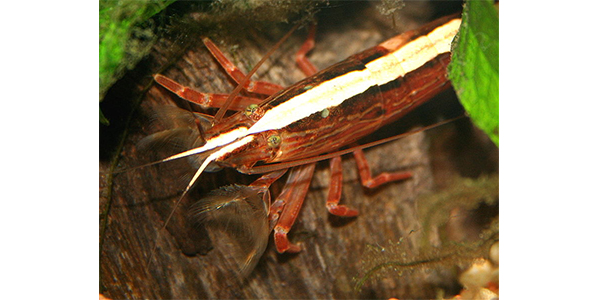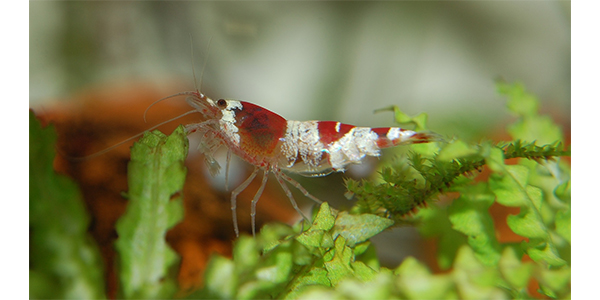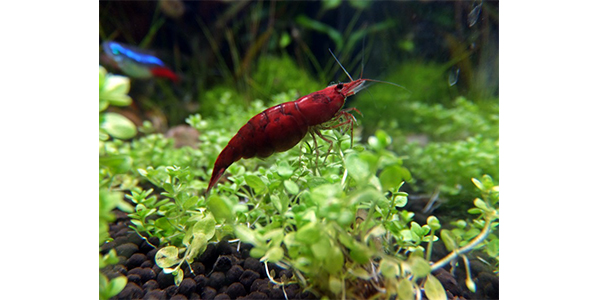Anubias Nana is a name that doesn’t need any introduction when it comes to fish pet trade. It is one of the most famous aquatic plants that you will ever come across. The species is easy to breed, meaning it doesn’t take much time or propagation to expand its existence. This is a very hardy plant as well has the capacity to withstand a wide range of environmental parameter fluctuations like light, temperature and so on.
These plants are mostly kept as a decoration for many freshwater fish species. One can plant it near the substrate of the tank, so the fishes can easily access them. Regardless of the requirements, make sure that you are properly maintaining the plant, otherwise it will not reach its full potential.
What is Anubias Nana
Anubias Nana or rather, Anubias barteri var. Nana is an aquatic plant, without which the freshwater aquascaping is incomplete nowadays. It is a hardy species (or a variant) of plant characterised by broad leaves. This is a variation of the actual species, known as Anubias barteri. Since this is an extremely smaller version, its common name includes Dwarf Anubias.
Anubias Nana and Its Scientific Classification
Belonging to the Arum Family, this particular plant is a part of Anubias genus.
What Does Anubias Nana Look Like
The dwarf plant has dark greenish leaves, and its stems are short and crisp. One of its further variations has golden-coloured leaves that sometimes can be light green as well. That version is equally popular and is known as Anubias barteri var. Nana gold. There are multiple types of the specific plant, depending on its leaf pattern and shape. The variations are known as Petite, Bonsai, Marina, and Round Leaf.
It takes an expert person to identify each of the different variations. This article will enlighten you to some extent in this regard.
Distribution and Habitat of Anubias Nana
This particular variation is mainly found in West Africa, that too in Cameroon to be precise. Although nowadays, it is found all over the world, because people, mainly aquarists, are planting them for their fish tank to a great extent.
Usage of Anubias Nana
Nest for the Fish
This plant acts as a place to stay for tank-bred fishes. Inside a tank, especially a community fish tank, there are lots of fishes that might show aggression to each other. This happens mostly, when there is a lack of swimming spaces available for each fish. So, the bigger or more aggressive fishes often bully the other. Here comes Anubias Nana to the rescue. These plants offer shelters to those scared fishes, who would use them as hideouts. Also, due to such plant-related interruption, the aggressive fishes lose the sight of their victims and they get back to their business.
Decoration or Aquascaping
Home fish tanks or aquariums need to be well-planted in order to make the place suitable for fishes. Especially those who require well-planted tanks, like Swordtails, Platies, Guppies, Mollies, Rasboras, Tetras, Bettas and so on. You can keep such plants in their aquarium so that they feel like their natural habitat. Actually, the reason behind this is, many such fishes are from water bodies which are guarded with heavy plantations all around. So, fishes of that habitat would require the same in their tank as well. In that case, Anubias Nana is a dependable name, without a single iota of doubt.
Purification of the Water Quality
Being a plant, the basic function of Anubias Nana is to purify the water or the surrounding, it is planted in. For a fish tank, the leaves of the plants help the oxygen content of the water stay static at a healthy level and eradicate all the polluting factors at bay.
Source of Algae and Food for Other Fishes
The algae production on the branches of these plants is frequent and so it acts as a wonderful type of food source for algae eaters. Catfish species, live-bearers, algae eaters like Chinese Algae Eaters, and Siamese Algae Eaters find algae as their primary food. So, in that case, these plants will offer enough of their diet.
Egg-laying Source for Many Fishes
Many fishes or snails lay eggs on plants, so it could be Anubias Nana as well. Many people use this plant as a part of their pet fish breeding tank. Such fishes scatter their eggs and protect them afterwards on such plants.
Signs of Healthy Anubias Nana Plants: Tips to Identify The Proper Ones
- The condition of the leaves will be proper and they will not appear slouchy or deformed. They might be heavy, but that will not cause the leaves to have a downward appearance.
- Apart from the golden variant, the otherwise standard colouration of the plant is lush green. The leaves shouldn’t showcase any pale or light hues at any point of time. If they do, then the plants can’t be termed as healthy.
- A healthy Anubias Nana shouldn’t have any torn or disputed leaves. They should be proper in shape and colour, without being damaged.
Did You Know
- This particular type of plant was first discovered by the famous German Botanist, Heinrich Gustav Adolf Engler. It happened in the year of 1899. However, after a lot of studies, it was decided to be a variant of the main species Anubias barteri in 1979. A variant is not a subspecies, but rather something one step down than that.
A Few More Words…
Keeping a plant inside a tank is important when it is one of the standard requirements of fishes. One has to be careful enough to pay enough attention not only to the well-being of the fishes, but also to the plants. Because, if plants are not well kept, the water quality of the tank will deteriorate and so will be the health of the fishes. So, proper care, once in a while trimming, and keeping the water warm, are sure-fire ways to maintain the plant’s health.



